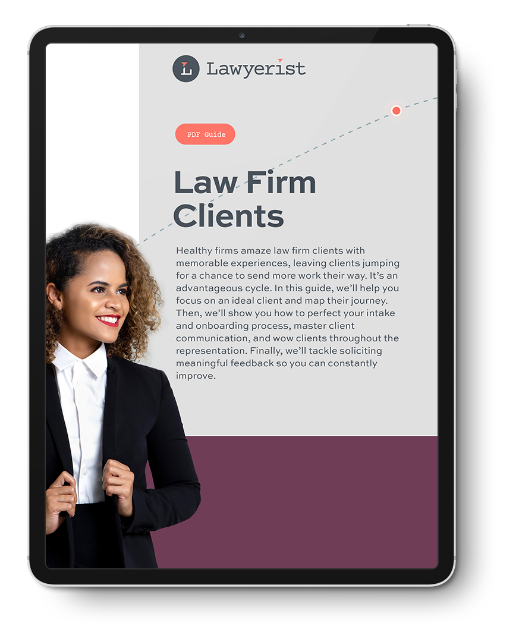How to Streamline Your Law Firm Intake
Whatever the process you want to take for your intake, you’ll want to make sure those processes get documented clearly. Having a documented intake process is an easy step to make your intake process more efficient. You’ll want to make sure everyone in your firm knows how to handle calls and emails from prospective clients, how to schedule appointments, and where to find client intake forms. Centralize this information so the entire team can locate it quickly.
Another easy way to streamline your client intake is to automate as many of the more manual tasks as you can. For example, you can easily design your website with calls to action that make it easy for clients to get in touch with you. Suppose clients can fill out an intake form or even schedule an initial consultation with you through your website. In that case, you can make your intake that much more streamlined and provide an easy and modern experience for that potential client.
A lot of the information you gather from online forms or phone calls can be automatically added to your law practice management software. This way, you’re minimizing any potential error from duplicate data entry. You’re putting client information into a system that allows you to do more with that data, like conduct conflict checks or nurture client relationships.
However much you choose to automate your intake process, don’t forget the human touch. While it’s important to make your intake easy and streamlined for clients, they should still feel like you care about their needs.
